Preparations for the 2020 Tokyo Olympic Games were already underway long before the Covid-19 outbreak. However, Japan stepped up its game to meet the challenge and it’s no secret that they had made notable progress when it comes to technology.
The challenge to meet up after the game was postponed by a year due to the Covid outbreak set back the organisers an additional $19.83 billion.
It is, therefore, not surprising that the organisers insisted the games must go on despite repeated calls for its postponement if not a cancellation due to the spiralling cases of Covid-19 infections. Indeed, the Director-general of the World Health Organisation (WHO) Tedros Ghebreyesus encouraged its continuation, saying it is a celebration of something the world needs now, more than ever, hope.
In an interview published in the Olympic media guide, Yiannis Exarchos, the chief executive of Olympic Broadcasting Services (OBS), the International Olympic Committee’s broadcasting arm, said that pandemic-related restrictions forced his organization to “think outside the box” and consider “new and innovative solutions.”
“Due to the advancements we are implementing, these Games will be a huge milestone for OBS. It will be the first Olympic Games to be broadcast entirely in Ultra High Definition High Dynamic Range (UHD HDR).”
The goal, he explained, was to make people all across the world believe they were nearly touching the drama unfolding in front of their eyes.
So what are the technologies setting the Tokyo Olympics apart?
Robot Projects
The robot project is one of the new technologies introduced to this year’s games. It involves the use of robots to provide assistance while promoting the use of robots in society.
Different types of robots, mostly mascot-type robots, have been deployed. These robots welcome athletes and spectators with human-like gestures like bowing, waving, and making facial expressions through the use of a screen on their foreheads.
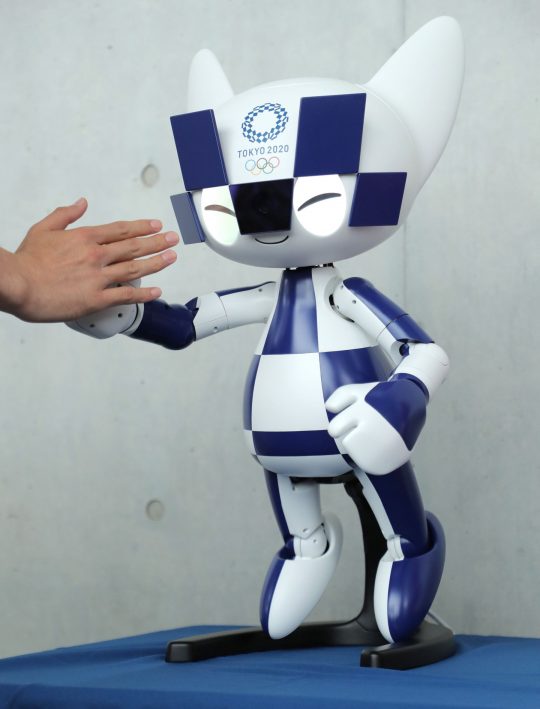

Self-driving cars: Another impressive technology is the self-driving cars available to everyone. Donated by Toyota which is the official sponsor of the Olympics, the vehicles called e-Palettes, will roam freely, ferrying athletes and pedestrians alike including those using wheelchairs.
Initially launched in 2018, each e-Palette can carry up to 20 people but only four in wheelchairs. It is powered by rechargeable lithium-ion battery packs that give each unit a range of around 150kms.
The vehicles are being controlled remotely from a control centre which help avoid contact with local drivers as much as possible.
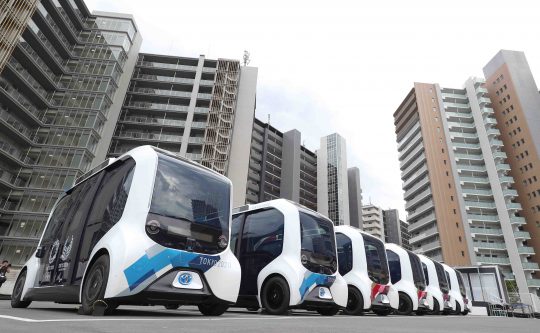

Immersive Viewing Experience
The Tokyo Games will be the first to produce coverage in 4k HDR, providing exceptional video quality never experienced before. 4k refers to the screen resolution while HDR means High Dynamic Range which refers to the colour range between the lightest and the darkest tone in an image.
This means viewers will be getting the most realistic view from what they are watching. When HDR is at work, you’ll notice the texture of the brick on a dark street or slight changes in the white clouds in a daytime sky.
High Dynamic Range technology was introduced in 2016 and every Television launched since then has HDR support for quality viewing.
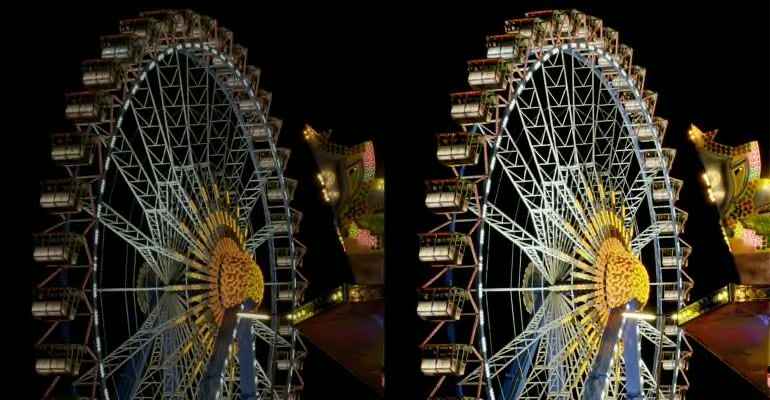

The aim of this technology is to make spectators who are away from the game feel like a part of the game. Some examples of the technologies used for this are:
3D athlete tracking technology: Created by Intel, this technology aims to improve the experience of each athlete. Using artificial intelligence and multiple high-resolution cameras, 3D athlete tracking helps track the complete movement of the athletes while giving every information, from the athlete’s position right down to their speed.
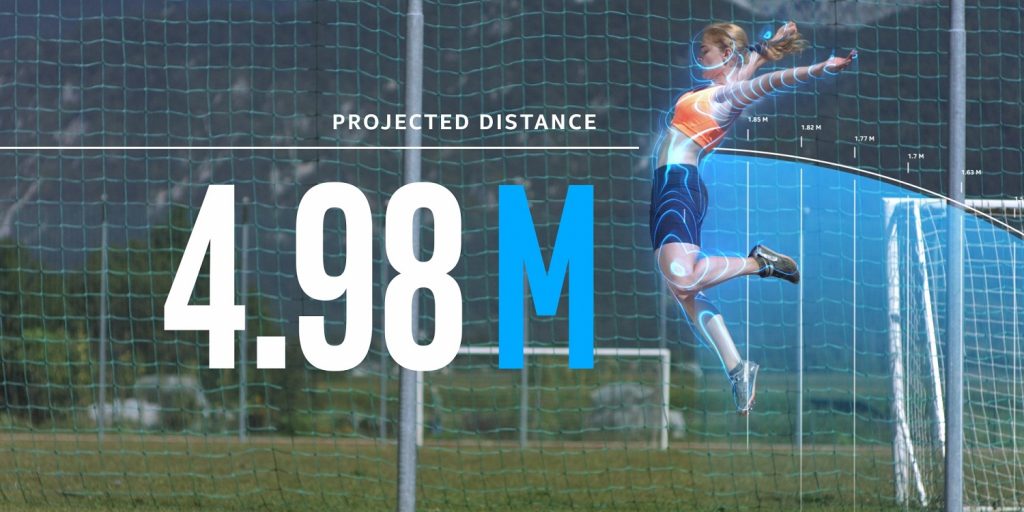

Data captured by the 3DAT also gives insight into the skeletal structure, speed, and strengths of different athletes which helps coaches and athletes on training regimes for maximum efficiency.
With this technology, viewers can also be part of the action and predict some outcomes as they will be fully informed about the athletes’ performance.
True VR: Another technology from Intel, this year’s True VR is an improvement from the one first seen at the 2018 Winter Olympics in South Korea.
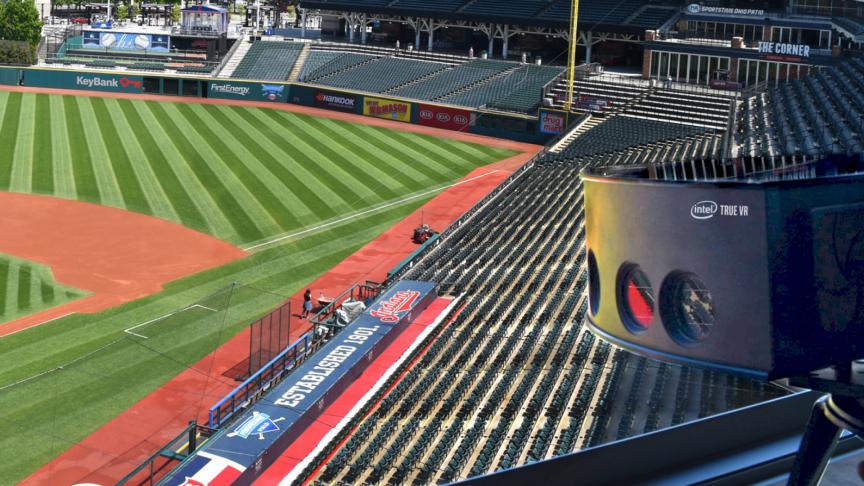

The true VR uses a wearable headset that creates virtual reality and gives a full experience of all the happenings at the Games right from the opening ceremony to gymnastics, beach volleyball, track and field, right down to the closing ceremony.
The use of this technology is not limited to spectators alone as on-site managers at the Games will also be training with this tech. They can create a real-life experience on how to handle situations from athletes influx to media and national delegations.
Make the Beat Project: “Make the Beat” is a simple musical project that spectators can dance, clap, or stomp to while cheering for athletes in venues or on Live sites during the Games.
The dance routines were created by The Tokyo 2020 Mascots, Maraitowa and Someity. Using Intel corporation’s artificial intelligence, the beat also incorporates sounds and technology into social media by inviting fans to cheer the athletes through the official #Tokyo2020 tag.
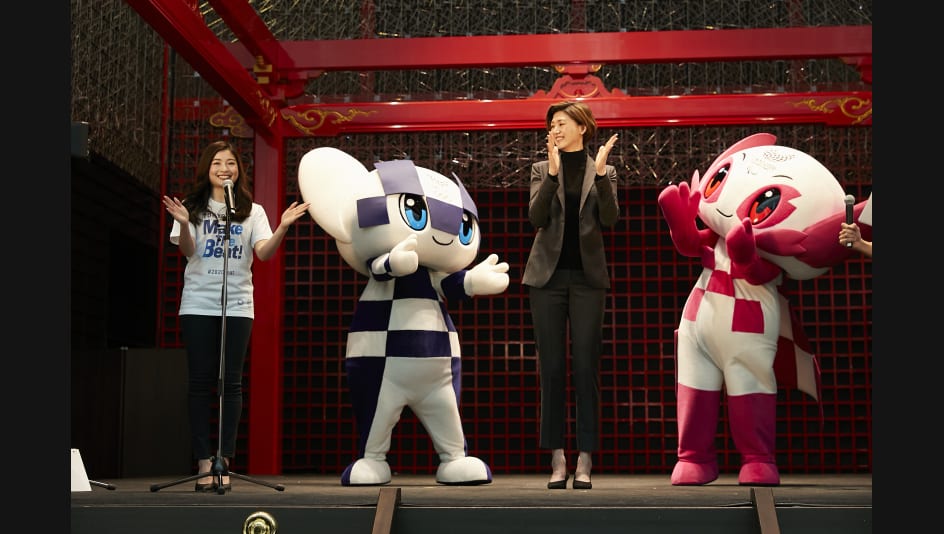

The good thing about the project is that no matter where you are, you can take part in this by making a video of yourself following the dance rhythm, then posting on any of your favourite social media using the Olympics special hashtags.
The social media posts will be collected by Alibaba Cloud solution and displayed on the big screens of the venues and Live Sites.
Security and Covid-19 prevention
NEC NeoFace: This technology is a facial recognition system that delivers reliable facial recognition by capturing, enhancing, organizing, and matching videos and graphics to individuals.
It links photo data to an identification card and combines them with a unique camera-equipped kiosk to help quickly identify people so as to reduce congestion and make movements easier.
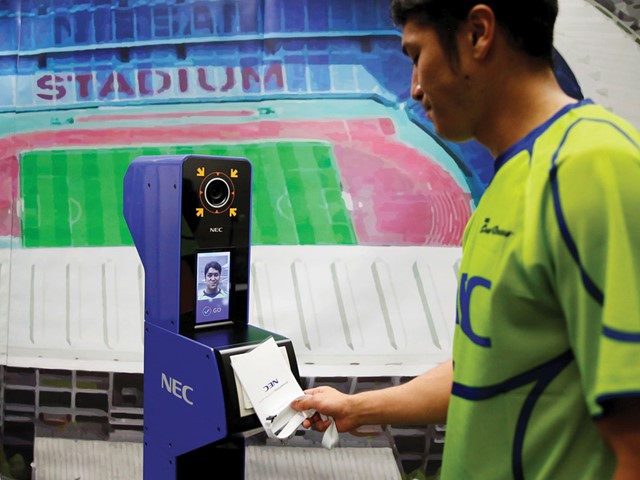

This technology is really useful especially because of the Covid-19 outbreak as it helps reduce crowding. The use of artificial intelligence for fast identification allows ease of movement for quick entry and exits.
It also helps with the security system as its facial recognition system provides the most accurate capability without hindrance by age, low light and facial angle.
Wearable tech
This year’s Games also saw the use of wearable tech like the Kenyan Women Volleyball team’s wristband which helps monitor heart rate, player’s strength and other vital information to help prevent injuries and help with the right training style that fits each player.
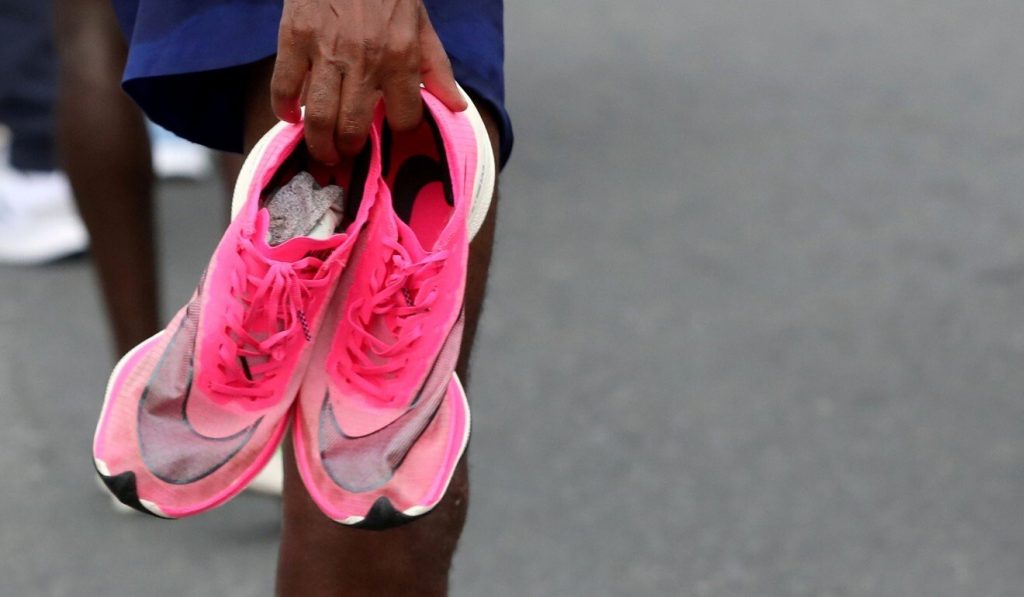

Other wearables also include those from sports brand like China’s Anta 3D printed shoes for the Chinese boxing team that offers better protection and fit. Just before the Games, Speedo also debuted two new “tech race” swimsuits in its Fastskin line. The swimsuits are inspired by sharkskin and help swimmers reduce drag in the water.
These wearables are used to get more insights from athletes performance as well as to monitor their well being as more organizations are now paying more attention to athletes’ health.
Conclusion
These technological advancements haven’t been without controversy and scrutiny as critics have labelled some of them as ‘Technological Doping’. Their major claim is that they may lead to overreliance of athletes on these new technologies since it has improved their performances drastically.
But whether it’ll come to over-reliance or not, we can say that this technology will improve not only sports but society generally as they’ll surely make life better.
This futuristic Olympics will be unlike any other Olympic Games before it. All future major athletic events will be judged against Tokyo’s example. Incorporating technological advancements will help athletes perform better and attract more viewers.






